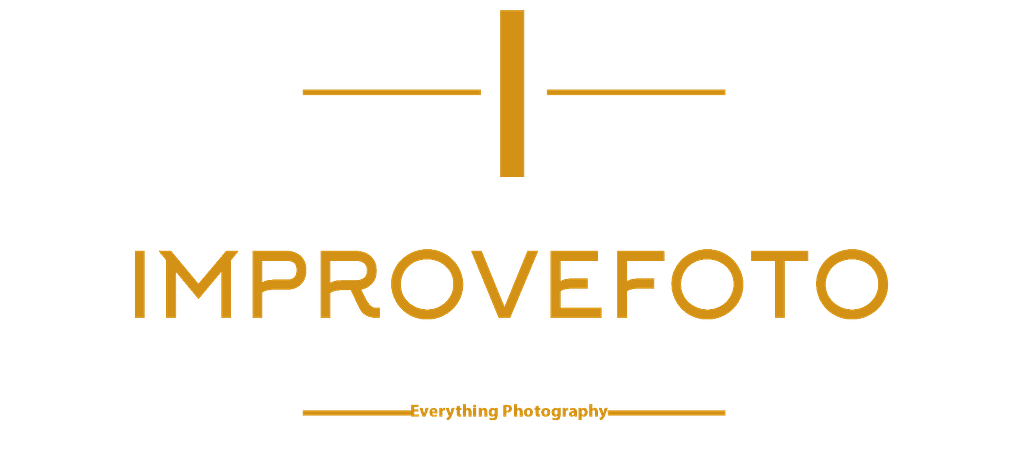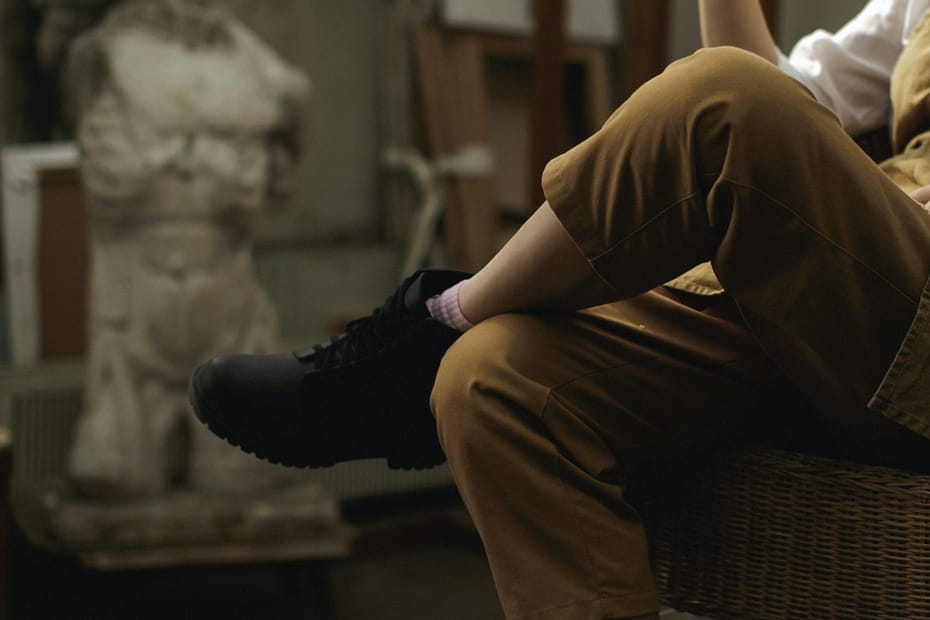New photographers tend to get discouraged with photography, mostly because they compare their pictures to the images they see in print. Comparing images can be frustrating and has led many aspiring photographers to abandon the profession altogether. If you are facing this problem, here is some good news: you can make images just as good, if not better, than the ones in magazines—the key in recognizing mistakes and working on avoiding them.
In this article, we will look at the biggest photography mistakes beginners make which prevent progress. These are common mistakes which are made either without knowing or because of bad advice. No matter what the source, these mistakes negatively affect growth. As the saying goes, you cannot fix what you don’t know; therefore, you will be on your way to making beautiful pictures by understanding the errors and working on voiding them.
Before we dive in, here is a fact to keep in mind: we all make mistakes. Whether a professional or just starting out, there is one sure thing, and that is screw up will happen. Yes, we all prepare and take all necessary precautions, but still, mistakes will find their way in. Errors can be minimized but will never be eliminated.
Not every shutter click will create a keeper; there will always be rejects.
Here are four of the biggest photography mistakes to avoid if you are to develop your skills:
1-Avoiding shooting in RAW
2-Buying too much gear
3-Failing to learn from mistakes
4-Failure to previsualize
AVOIDING SHOOTING IN RAW
Most new photographers make the mistake of avoiding shooting in RAW format. Instead, they stick to shooting only in JPEG. Let us look at these two formats. Both JPEG and RAW are file formats the camera use to store light information captured by the camera sensor. The difference between the formats lies in the amount of stored information and how the camera processes the file.
First, JPEG is a compressed file format. When shooting in this format, the camera tries as much as possible to only store important information and deleting the rest. The result is a file that is smaller in size. The camera also automatically applies some adjustments, such as sharpening and tonal corrections to the image. This is the reason why JEPG files look relatively better than RAW files straight out of the camera.
On the other hand, RAW format is an uncompressed and untouched file of your image. The best way to understand this is to think back to the days of film. When shooting with film, the camera produced a negative, which had to be processed in the darkroom to create a printable image. This is what shooting in RAW is to digital cameras.
A RAW file is a digital negative, meaning the camera does not do anything to the file. As the name implies, RAW is; unprocessed, untouched, full light information captured by the sensor. Hence a RAW file must be processed in post-production software such as Adobe Lightroom before it is viewed.
As much as JPEGs produce smaller, decent files, RAW shooting is better for developing photography skills. Raw gives the photographer a chance to be creative in post-production. Since the image is untouched and has all the light information, the photographer can make additional creative choices in post-production. For example, where and how to sharpen, what color hue to apply is all up to the photographer. This is contrary to shooting in JPEG, where all these choices are made by the camera. Raw also offers the photographer a chance to collect mistakes made during the shooting process without affecting image quality. Raw files contain all the information and can be pushed more in post-production before the image’s quality declines. Shooting in RAW is a significant advantage to the photographer and an opportunity to develop post-production skills.
BUYING TOO MUCH GEAR
What makes a photographer great? Is it the gear they have or the skill that they possess? A lot of new photographers believe that getting gear is what makes a good photographer. This a costly photography mistake. The equipment we use is just a tool to help us create what we envision. Having tons of gear is useless unless there is a vision or idea of what to produce. There is a separation between creativity and tools.

Think of kids and how creative they are with whatever object they have. Kids can find creative ways to play with anything which an adult could not think of. This is the power of creativity. It does not depend on the tool; it depends on our brain. The same applies to photography. Creative photographers do produce excellent work regardless of the camera they are using. There are photographers out there who are creating fantastic work using phone cameras, which most photographers consider inadequate.
It is difficult to resist the urge to buy new gear when camera manufacturers are coming up with new products and new ways of pushing their products to the consumer. Just keep in mind that gear does not make a photographer; if anything, it is a creativity killer. Indeed, a photographer with less gear will be more creative in finding ways of making limited gear work. Try going out with a fixed focal lens and see how it will force you to find new ways and shooting angles, which you probably would not think about with a zoom lens.
So, instead of going out to buy tons of gear, which most of the time ends up collecting dust, invest in developing your skills. The rule should be to use the equipment you have and only buy when you have outgrown your gear or if it’s affordable.
FAILING TO LEARN FROM MISTAKES
There is an illusion with most people that a photographer just picks the camera, points it to the subject, click the shutter, and voila, it’s done. This is far from the truth. As much as photography is technical, its essence is still trial and error. Most photographers will admit that for every good photo, there are several discarded ones. Getting good images is a repetitive, trial, and error game. It is not uncommon for wedding photographers to take hundreds of exposures and only get a handful of excellent photos. On the other hand, landscape photographers take multiple trips to the same location and shot lots of frames for that one keeper.
It is easy to make mistakes in photography. Exposure can be missed, focusing not sharp and composition not balanced. Some errors may show up in post-production software. The point here is that there is no magic bullet when it comes to making good images. Professional and amateurs alike do make mistakes. The difference is how the errors are handled.
For professional photographers, mistakes are an opportunity to learn, to know what does and does not work. This is what lacks in most new photographers. They still operate under the illusion that you shoot without mistakes or that the camera will always capture the image you have in mind. If this does not happen, they get discouraged and sometimes stop trying altogether.
If you are to develop as a photographer, you should not let mistakes discourage you; instead, use them as professionals do as learning tools. Figure out why you made that mistake and learn from it. Also, bear in mind that you will not eliminate all errors. No matter how advanced you become, you are still bound to missteps. But it is in these missteps that we find growth. So, permit yourself to fail and learn from the failure.
FAILURE TO PREVISUALIZATION
You cannot pick up a camera and starting shooting without first thinking of the image you want to make. Think about a carpenter, for instance. Before assembling his tools, the carpenter must first have an idea of what he will build. The idea has to be specific; for example, if it is a chair, its size, use, and overall style need to be determined. It’s only after having a clear mental picture that the process of deciding on what tools will do the job can begin. Unfortunately, this is one of the biggest photography mistakes.

Before picking up the camera, there is a need to have a clear picture in mind – no pun intended – of the intended outcome. This is called previsualization. In essence, previsualization is working backward. The picture is first formed in mind, and then it is created using the camera. This is why some photographers love to use the word making photographs instead of taking pictures. If you have the notion of making rather than taking photos, you will develop faster as photography.
Previsualizing forces the photographer to think and decide on issues that un previsualizing photographers don’t. As you envision, you are forced to think and decide on matters critical to bringing your vision alive. For example, by previsualizing, the photographer will be forced to think and make choices on the type of lens to use what compositional technique to apply to convey the idea. All these aspects are vital to making strong pictures. Making photographs, therefore, becomes deliberate rather than an act of chance. Previsualizing is why excellent photographers can replicate images at will, which other photographers cannot do. It is the difference between a snapshot and a photograph.
Final Word
These are the biggest photography and the most common mistakes that hinder the growth of photographers. Needless to say, by knowing them and making an effort to avoid them will help develop confidence, and consequently, it will help build creativity.
- Mastering the selective color effect in photography - March 19, 2024
- Expert Tips for Taking Stunning Christmas Photos at Home - December 21, 2023
- Capturing Moments: Inspiring Photography Quotes - November 13, 2023

